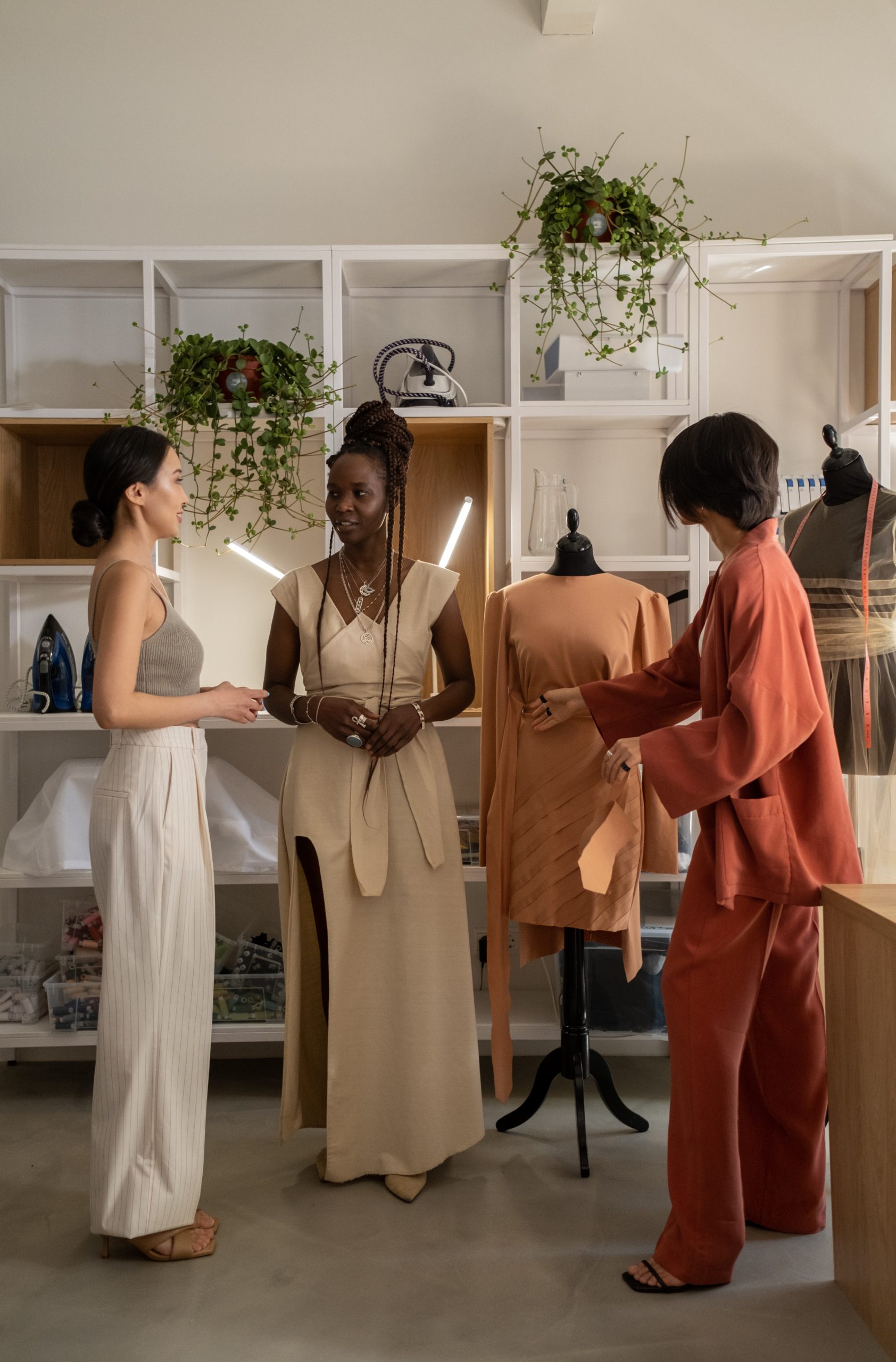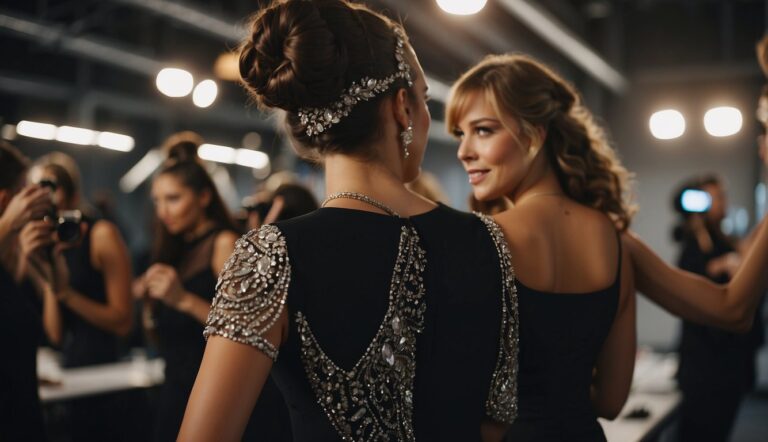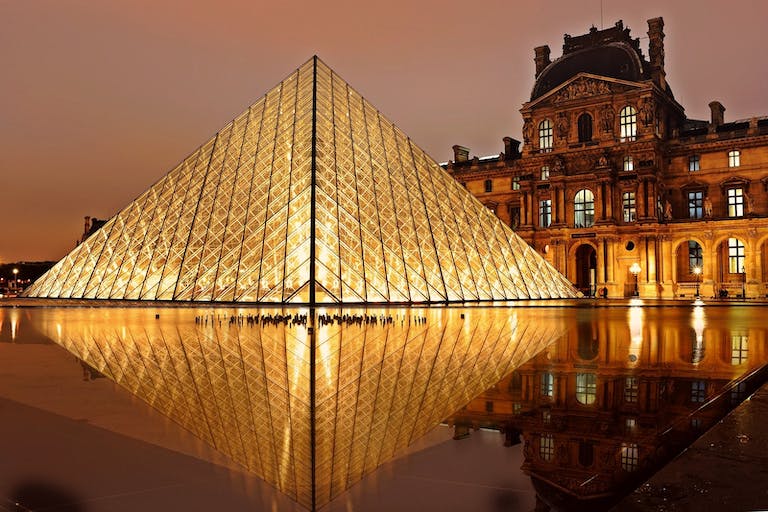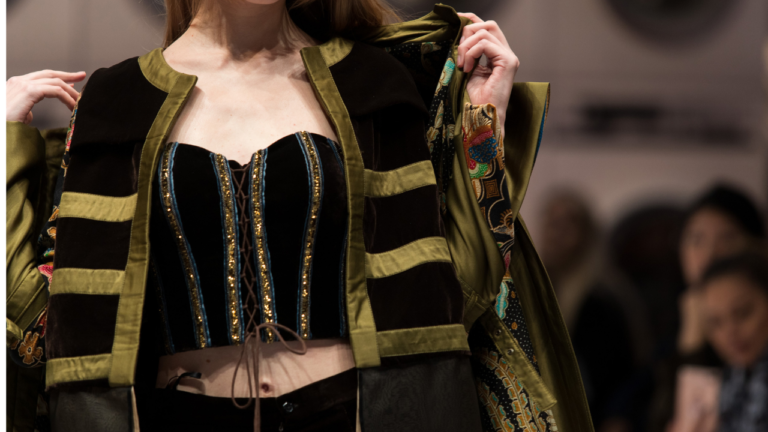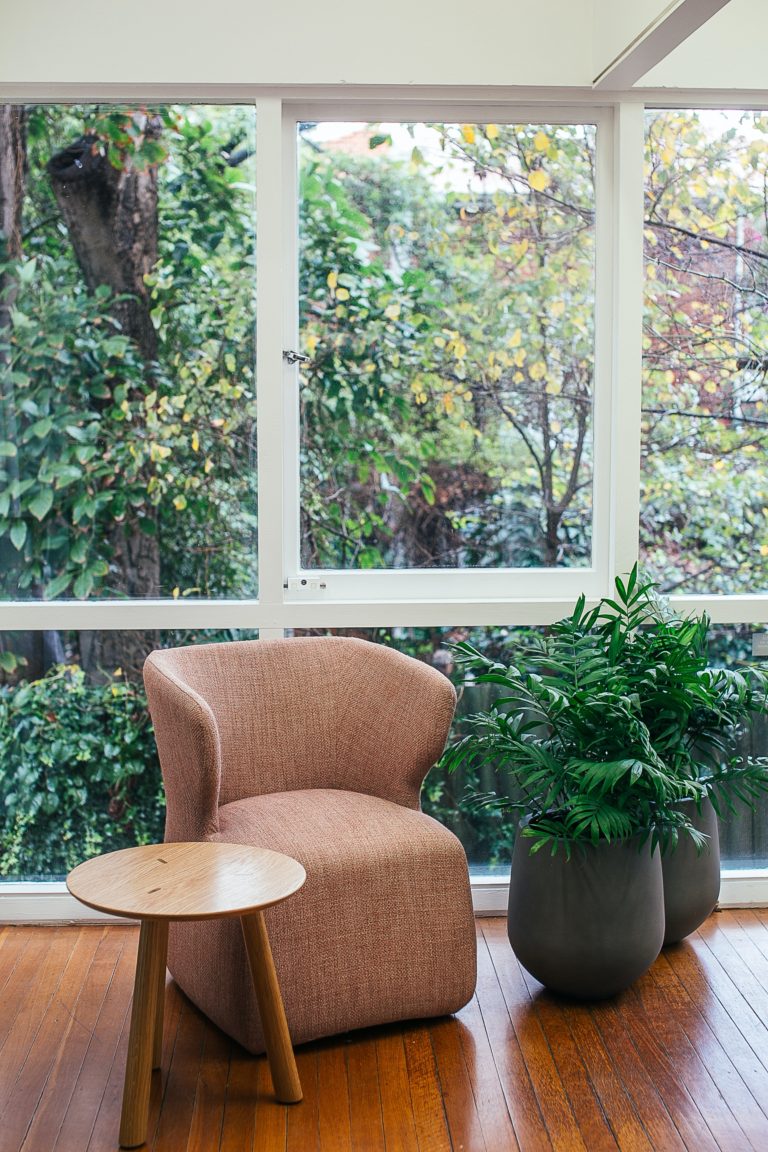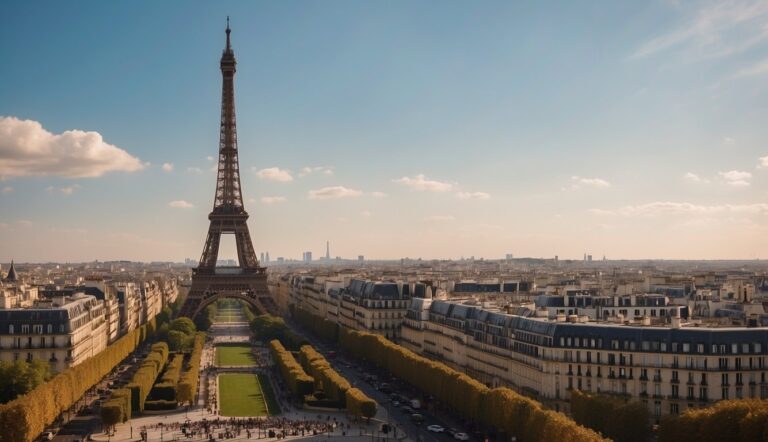Couture Vs Haute Couture: Unveiling the Differences
Couture and Haute Couture are two styles of fashion synonymous with luxury and prestige. Although similar they are worlds apart. Haute Couture is the ultimate symbol of sophistication because only the most exceptional fashion houses in France are able to qualify for this coveted title. With such rigorous standards and a supreme level of craftsmanship, it is no wonder that Haute Couture is considered to be superior to Couture.
Couture offers unique, custom-made garments for clients that deserve to be revered, not dismissed. haute couture, on the other hand, is the highest form of couture and is defined by the Chambre Syndicale de la Haute Couture in Paris, the organization that qualifies fashion houses as haute couture, as “the creation of exclusive custom-fitted clothing.”
Key Takeaways
- Couture and haute couture are not the same thing, with haute couture being the highest form of couture.
- Haute couture is incredibly exclusive, with only a handful of fashion houses in France qualifying for the title.
- Understanding the differences between couture and haute couture is essential for anyone interested in fashion or style.
Couture Vs Haute Couture

What is Couture?
Couture refers to one-of-a-kind, custom-made garments for specific clients. The term comes from the French word “couture,” which means sewing or dressmaking. Couture garments are entirely made by hand with a high level of craftsmanship and attention to detail. Usually a made-to-order service, it is expensive, after all, it is luxurious to have anything custom-made for yourself. The result is a one-of-a-kind piece that is both luxurious and exclusive.
They are also made to measure, when a client buys a couture garment, the brand will measure their client down to the finest detail, for example, if one arm is longer than the other, a couture garment with sleeves will be made with one arm longer than the other. It is a luxurious service that takes a lot of time and skill.
There are many fashion houses that create Couture garments but are not considered Haute Couture. These brands may not meet the strict regulations set by the Chambre Syndicale de la Haute Couture, but they still create one-of-a-kind pieces that are made to order for specific clients. Some examples of Couture brands that are not Haute Couture include Ralph & Russo, Giambattista Valli, and Viktor & Rolf.
What is Haute Couture?
Haute Couture is essentially Couture but with stricter regulations and is held to higher standards. If we were to translate it literally from French, it means High Dressmaking. Haute Couture is distinct from Couture because it is governed by strict regulations set by the French fashion organization, the Chambre Syndicale de la Haute Couture. Understandably so since Haute Couture originated in Paris, France in the mid-19th century.
To qualify as an official Haute Couture house, they must make made-to-order clothes for private clients, with more than one fitting, a fashion house must design made-to-order clothing for private clients, with more than one fitting, using an atelier (workshop) that employs at least fifteen full-time staff. Also, they must have twenty full-time technical workers in one of their workshops. In addition for their products to remain haute-couture, they have to present at least 50 original designs to the public every season in January and July.
Haute Couture is a rarefied world, and there are only a handful of fashion houses that are considered Haute Couture. Some of the most well-known Haute Couture brands include Chanel, Christian Dior, and Givenchy.
Advantages of Being Haute Couture
While haute couture may seem like a luxury that only the extremely wealthy can afford, it is also a significant investment for fashion designers. Designers who are able to qualify for the coveted title of haute couture must meet rigorous standards and demonstrate a supreme level of craftsmanship. The cost of producing haute couture garments is extremely high, as each piece is made by hand and requires a significant amount of time and skill.
Despite the high cost of producing haute couture garments, many luxury fashion houses continue to invest in the industry. For most of these fashion houses, it also does account for majority of their sales anymore, instead they use it as a way to build intrigue and anticipation for their ready-to-wear collections which bring in much more revenue.
Haute Couture Clientele
Haute Couture caters to a very exclusive clientele. Unlike the world of fast fashion where a fashion brand could make millions of clothes a year, in the world of Haute Couture only about 1500 sales are made by each house. This should be unsurprising as only about 3000 women in the world can actually afford to buy these luxury clothes and roughly 300 of them even buy them regularly.
Historical Context and Evolution

Origins of Haute Couture
Haute Couture, which translates to “high sewing” in French, originated in Paris in the mid-19th century. The term was first coined by the Englishman Charles Frederick Worth, who established the first haute couture house in Paris in 1858. Worth’s designs were custom-made and exclusive to each client, and he was the first to use live models to showcase his creations.
In 1868, the Chambre Syndicale de la Haute Couture was established to regulate and protect the haute couture industry. The organization set strict standards for what could be considered haute couture, including the use of high-quality materials, the employment of skilled artisans, and the creation of custom-made garments.
Couture’s Development Over the Years
Over the years, luxury fashion houses which started only with couture has evolved to include ready-to-wear collections and a wider range of designs, while haute couture has remained exclusive and continues to be the ultimate symbol of luxury and sophistication.
In the early 20th century, designers such as Coco Chanel and Paul Poiret began to challenge the traditional haute couture model by introducing simpler, more practical designs that were accessible to a wider audience. In the 1940s and 1950s, designers such as Christian Dior and Hubert de Givenchy brought back the glamour and extravagance of haute couture with their elaborate designs and use of luxurious fabrics.
As designing and creating clothes became easier after the Industrial Revolution, in 1973 Chambre Syndicale de la Haute Couture was formed to regulate haute couture. Today, haute couture remains an exclusive and highly coveted industry, with only a handful of fashion houses meeting the strict standards set by the Chambre Syndicale de la Haute Couture. These include established names such as Chanel, Dior, and Givenchy, as well as up-and-coming designers who are pushing the boundaries of haute couture with their innovative designs and techniques.
Overall, the historical context and evolution of haute couture and couture have shaped the fashion industry into what it is today, with both styles continuing to influence and inspire designers around the world.
Although couture and haute couture both signify high-level craftsmanship in fashion, haute couture stands out with its more stringent criteria, exclusiveness, and endorsement by the Chambre Syndicale de la Haute Couture in Paris, distinguishing it within the luxury fashion domain.
